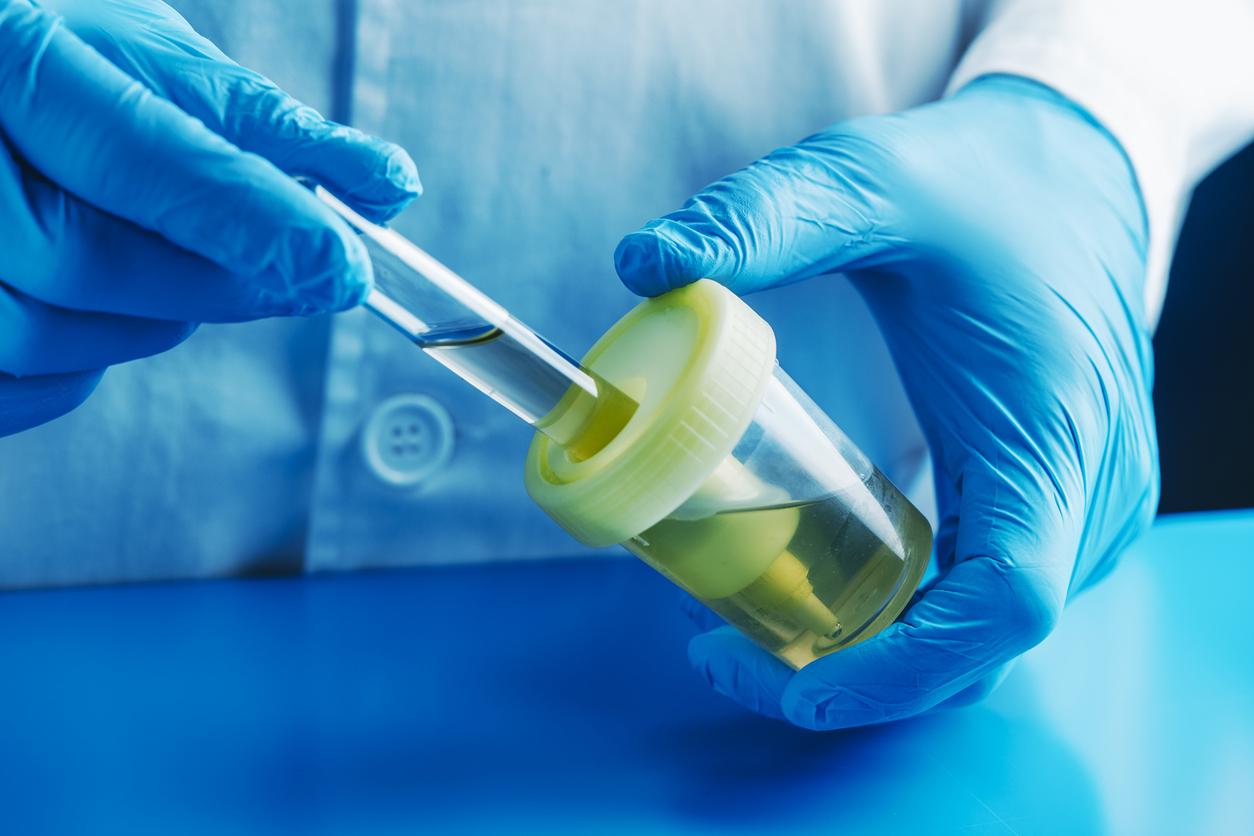
Sports diving
Under the surface of the water hides a special world that you normally don’t see. You will find fish, corals, shipwrecks, plants, sea creatures and much more. Sport diving is the ideal way to explore this wonderful world.
Of course you can’t just take a dip underwater. You will first have to take a course. Beginner training usually consists of a theoretical part, a number of dives in the pool and several ‘real’ dives in the open water. After successfully passing a theory and practical exam, you will be awarded a diving certificate.
Playing with air and lead
To be able to stay underwater for a long time, you need special diving equipment. Flippers to your feet make swimming easier. Your mask is the window through which you look at the underwater world. With your depth sounder and diving watch you keep a finger on the pulse. And your wetsuit will keep you warm.
To be able to breathe underwater, you have a regulator in your mouth. It is connected to the compressed air bottle on your back. That compressed air bottle is also attached to your diving vest. If you let some air out, the weight belt around your waist will lower you. If you let in some extra air, you will go up. That way you can easily control your buoyancy.
Dangers and gestures
Diving equipment is not the only thing you need if you want to explore the underwater world. You also need a so-called ‘buddy’, a diving buddy. You never dive alone. Besides being much more fun to share your experience with someone, it’s also a lot safer. After all, recreational diving is not entirely without dangers.
For example, you could encounter an aggressive sea dweller, become entangled in a plant or run out of air. In the latter case, your buddy can help you by sharing his breathing apparatus with you. There are several steady hand signals that allow you to communicate with your buddy underwater.
Your body under pressure
The biggest danger you actually face is pressure. The deeper you dive, the higher the pressure. A higher pressure means, among other things, that your responsiveness decreases and that you use your compressed air for less time. The large pressure differences under water also make it dangerous to rise too quickly to the surface. And not just because your ears or lungs cannot cope with too rapidly changing pressures.
The deeper and longer you dive, the more nitrogen accumulates in your body. And you have to get rid of that slowly as you go up. If you go up too quickly, the nitrogen in your body can be released in the form of bubbles.
An effect that can be compared to a bottle of soft drink of which you open the cap. This is called decompression sickness or also called Caisson sickness. In the worst case scenario, if the bubbles break your heart or brain can have fatal consequences.
Few restrictions
You are therefore only allowed to stay under water for a certain amount of time when you dive to a certain depth. You can find out how long that is in a so-called dive table. As a novice diver, you should not go deeper than 18 meters in any case. If you have a higher certificate, a maximum depth of 30 meters applies. Other than that, there are few restrictions. If you are healthy, you can swimming and are older than 10 or 12 years, you can go to most diving schools. There are even people with physical disabilities who take the plunge.
70 percent water
The world is made up of more than 70 percent water. So plenty of opportunities for diving. Many people learn it during their vacation, for example in the Netherlands Antilles or in Egypt. Zeeland in particular offers many opportunities for those looking for it closer to home.
Keep in mind that the conditions in the Netherlands are very different than in (sub)tropical countries. The water is colder, you have less visibility and you need more equipment. So if you want to go diving here, it is advisable to follow a course in your own country.
PADI Training
By far the best known training for novice divers is the PADI Open Water Diver course. PADI is the world’s largest diving education organization. You can go for a PADI training at just about every diving school.

















